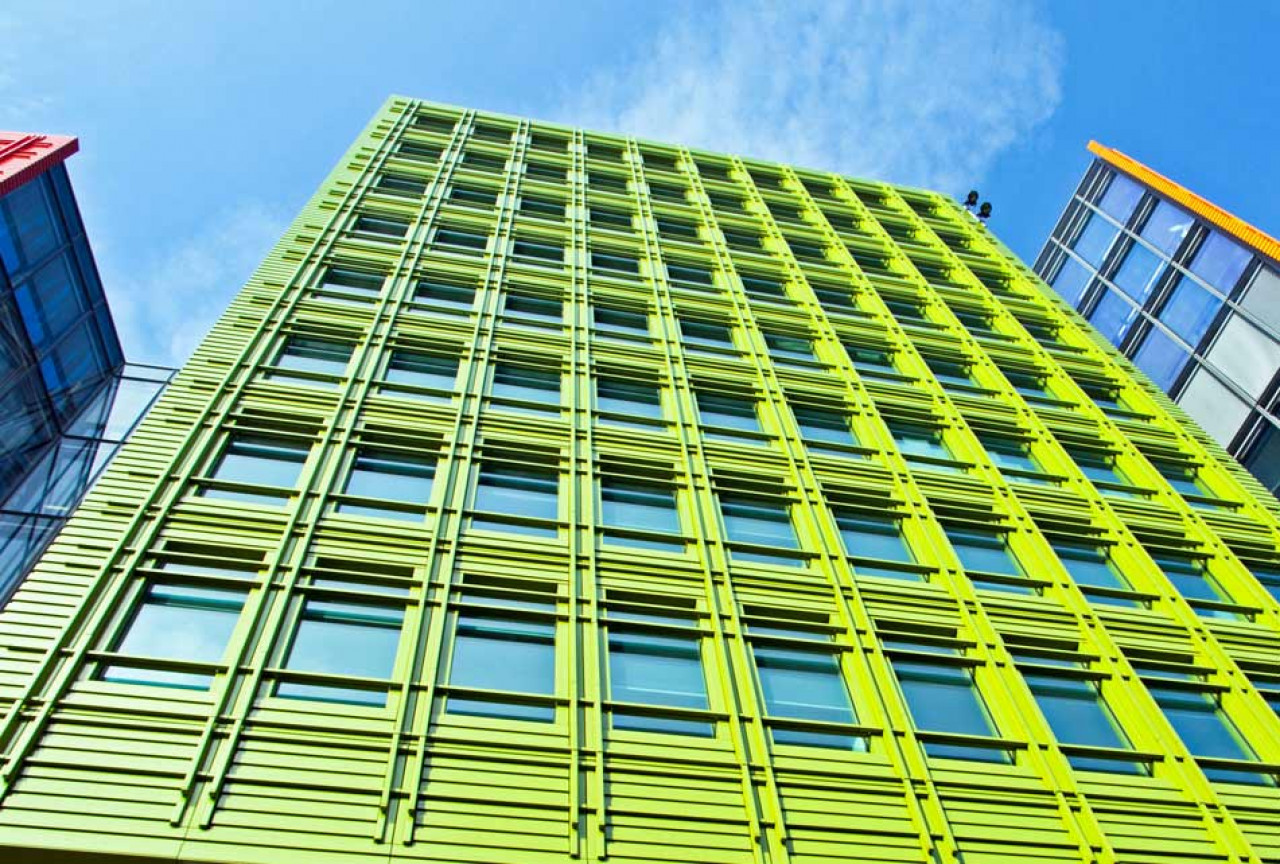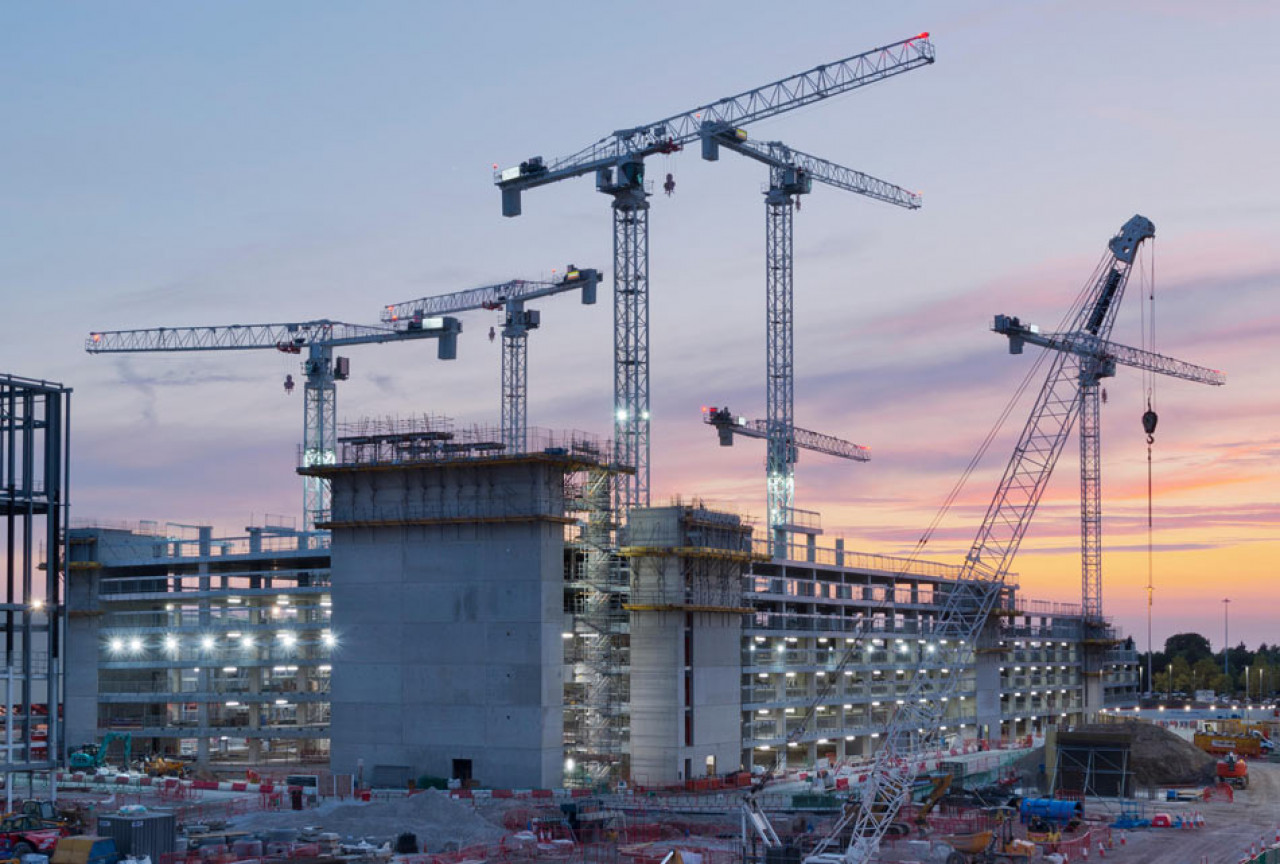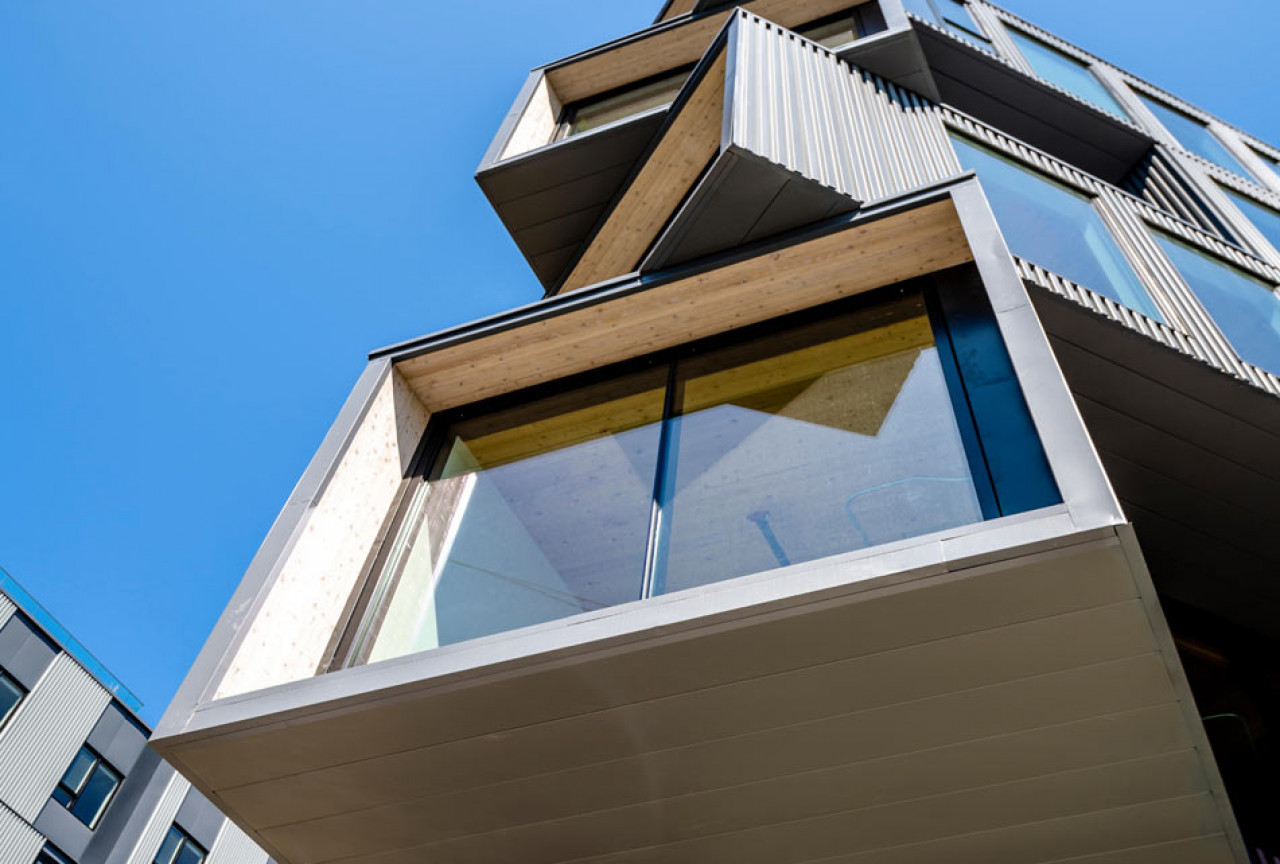Ask ME about Embodied Carbon
What is Embodied Carbon?
Embodied Carbon is already well understood in some areas of the construction sector, in the use of materials such as concrete for example. However, the relative complexity of building services products has meant that carrying out embodied carbon assessments for this type of equipment is much more challenging, as they consist of multiple parts – often produced in different locations – before they are brought together in products such as AHUs, or VRF units.
Mitsubishi Electric aims to be transparent about the embodied carbon of its products and has been working to gather all necessary data to provide to our customers. We are examining raw material use by weight, transportation distances, and even the energy required to put components together. We then look at the lifetime of the equipment, as well as the proportion of recyclable components.







